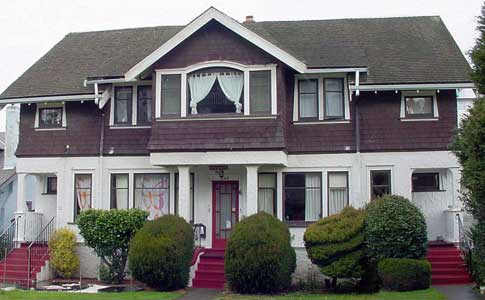By Dzung Trieu law firm
The delay in implementing the pilot program on developing infrastructure projects under the mode of private public partnership (PPP) has made it fail to obtain the initial expectations.

Another infrastructure development project has been drawn up. The Quang Ninh provincial People’s Committee has signed a memorandum of understanding (MOU) with some investors on the implementation of the Ha Long – Hai Phong Highway project.
The noteworthy information about the project is that it would be carried out under the mode of BT (build – transfer), not PPP. As such, once again PPP, which is believed to have a lot of advantages suitable to infrastructure projects, has not been chosen.
The Ha Long – Hai Phong highway project is one of the 30 projects chosen for the PPP-mode investment in the trial basis. It was recognized as one of the three best projects to be implemented under the mode of PPP. Tony Foster, Head of the Infrastructure Working Group at the Vietnam Business Forum once questioned if there is a coincidence in the mode of investment in the project.
Foreign investors still keep wavering between PPP and BOT when discussing the development of infrastructure projects.
In fact, BT is not the only investment mode suggested for the Ha Long – Hai Phong Highway project with the total 25 kilometers in length, including 4.5 kilometers of bridge crossing the sea. The Quang Ninh provincial authorities have proposed to apply BT for the highway, and to use ODA (official development assistance) capital for the bridge. As such, PPP is just the third option for consideration.
Mr Foster also thinks that it’s easier to implement projects under the mode of BOT (build – operation – transfer) or BT, because they have been applied in many projects over the last many years. As investors prefer the BOT mode, it is very likely that only rough projects would be left for PPP.
The story about the project in Quang Ninh is not alone. The list of the projects to be implemented under the PPP mode includes the projects, which were initially planned for other investment modes. As such, it would take more time to follow the procedures to change the projects’ investment modes.
Dang Xuan Quang, Head of the PPP inter-ministerial taskforce, has also noted that the majority of the 30 suggested projects are the ones with low commercialism, which would not attract investors.
If local authorities still determine to implement the projects, the State would have to promise high level of support in order to attract investors.
Meanwhile, there are some projects with high commercialism, but it would be difficult to implement them because they are just the parts of bigger projects, or in other words, they are dependent on other projects.
These include the projects on elevated road No. 1 in HCM City, and the belt road No. 4 in Hanoi. The two projects have high commercialism with low estimated investment rate and expenses for site clearance. However, the dependence of the projects on other bigger projects lessens their attractiveness.
However, the biggest problem in implementing PPP mode is that the financial resources have not been arranged well, while detailed regulations have not been released. A senior official of the Ministry of Planning and Investment said that the information available so far is not enough to define the duties and the tasks of the involved parties in PPP projects.
This explains the unattractiveness of the PPP investment mode in comparison with BOT or BT, even though PPP is believed to be the new door for private investors to get involved in infrastructure and public service projects.
Source: TBKTVN











